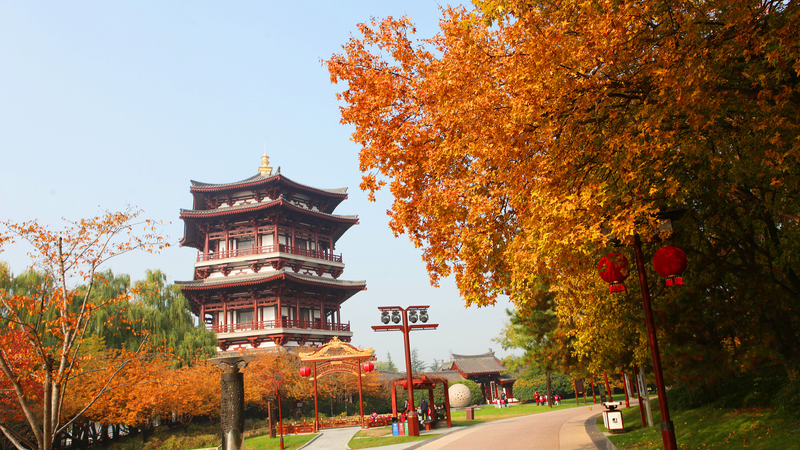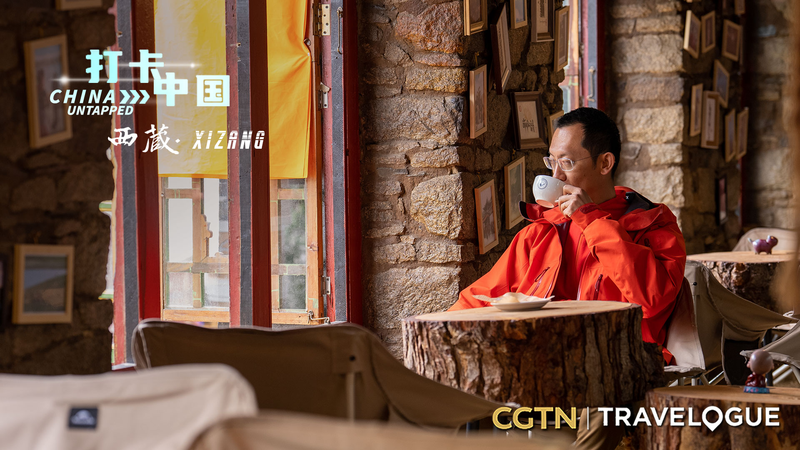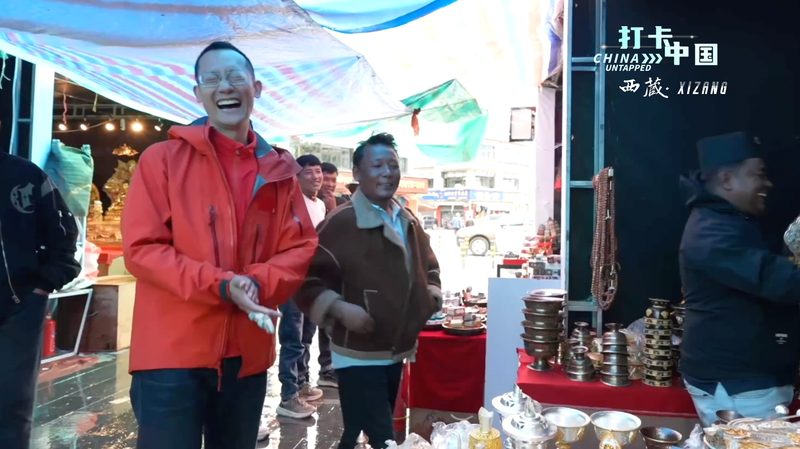Hidden away in the scenic landscapes of southern China, weiwu are the remarkable fortress-like walled villages of the Hakka people. These gigantic structures, once mistaken for missile silos, served as strongholds for several generations of family clans, offering both protection and a sense of community.
Weiwu were ingeniously designed to be self-sufficient, allowing entire families to live and thrive within their fortified walls. The thick walls and strategic layouts enabled residents to defend themselves against marauding bandits, who were a constant threat in historical times. By closing themselves off inside these fortress homes, the Hakka clans could ensure the safety and continuity of their families and traditions.
Today, weiwu stand as a testament to the resilience and ingenuity of the Hakka people. They attract travelers and digital nomads eager to explore these immersive historical sites, offering a glimpse into a way of life that prioritized security, community, and sustainability. Restoration efforts have turned many weiwu into cultural heritage sites, allowing visitors to walk through the corridors where generations once lived, worked, and defended their homes.
For business and tech enthusiasts, weiwu showcase an early example of sustainable living and community-driven architecture. The self-sufficient nature of these villages highlights principles that are increasingly relevant in today’s discussions on sustainable development and resilient communities.
As thought leaders and changemakers delve into the stories of the Hakka people, weiwu emerge as symbols of endurance and adaptability. These villages not only embody the Hakka commitment to preserving their heritage but also inspire modern initiatives aimed at fostering strong, self-reliant communities across the globe.
Whether you're a young global citizen fascinated by cultural trends, a traveler seeking unique destinations, or someone passionate about history and sustainability, weiwu offer a rich, engaging experience that connects the past with the present.
Reference(s):
cgtn.com



